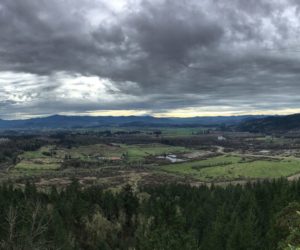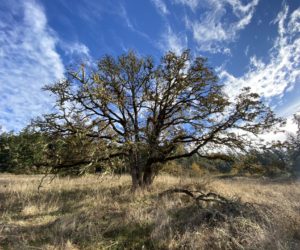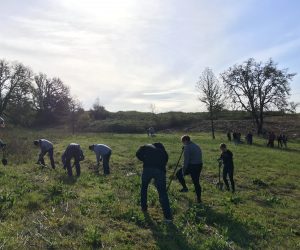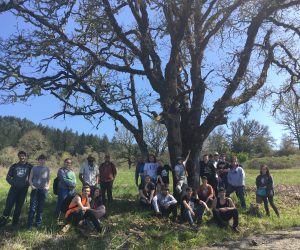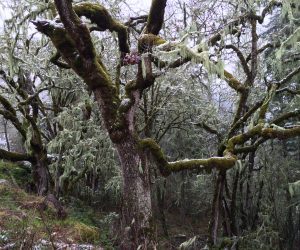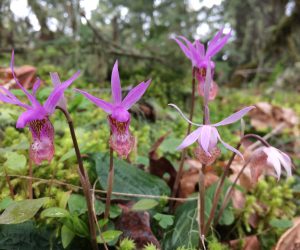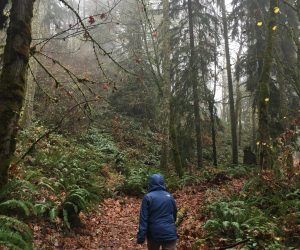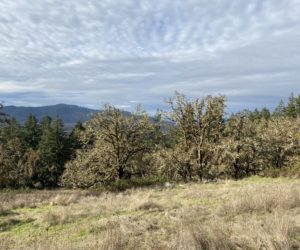Thurston Hills Oak Restoration
Location
Thurston Hills Natural Area, Springfield, OR
Target Habitat
Oak woodland and prairie
Timeline
First Phase Oak Release: 2017 – Fall 2018
Second Stage Oak Release: Fall 2023, this project was completed
Project Size
First Stage Oak Release: 24 acres (16 acres woodland, 8 acres prairie)
Second Stage Oak Release: 28 acres (15 acres woodland, 13 acres prairie)
Partners
Funding
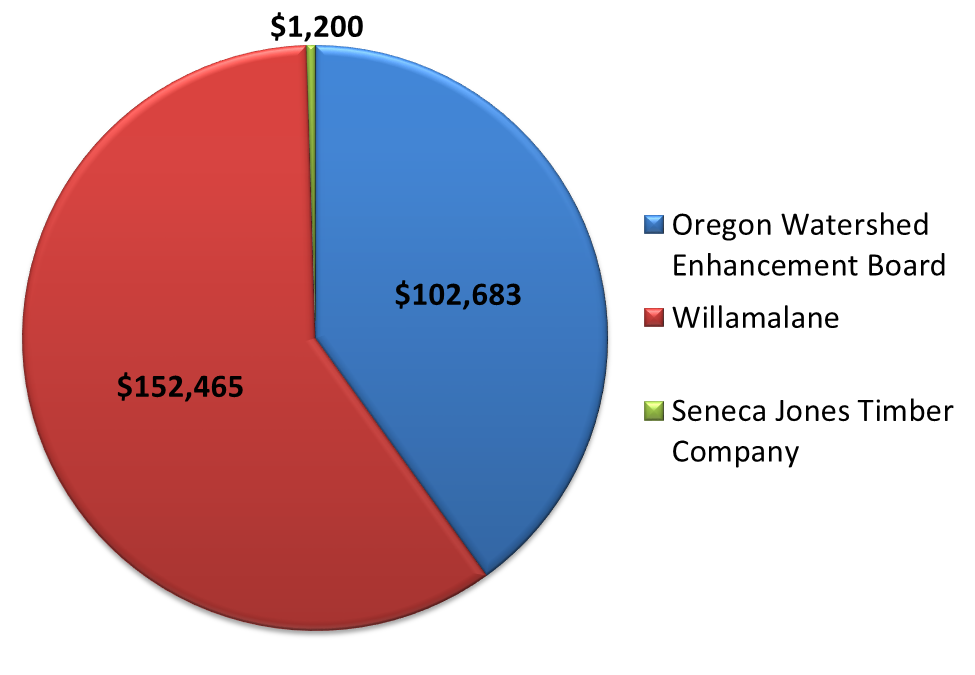
Summary
In the heart of Thurston Hills lies over 650 acres of wooded hillside managed by Willamalane Park and Recreation District. Thurston Hills Natural Area (THNA) was created in 2012 when Springfield voters approved a bond measure that made the purchase possible. Willamalane’s goal is to protect and restore this special place and to share it with the community through the recreation opportunities.
The Middle Fork Willamette Watershed Council is working alongside Willamalane to help restore some of the rare oak woodland and prairie habitat within THNA. Currently less than five percent of historic oak woodland and one percent of prairie habitats remain in the Willamette Valley. This project aims to help restore a few more acres of this habitat through the treatment of invasive species and the removal of the Douglas fir that has outcompeted the oak in the area.
Working closely with Willamalane, we began the first phase of on-the-ground work in spring 2018 by removing invasive vegetation such as blackberries, false brome, Scotch broom, thistle, and English hawthorn. In September 2018 we removed Douglas fir trees that have encroached on the oak woodlands. This provides space for the Oregon white oak to develop full, open canopies and allow them to receive the sunlight they need. We then replanted the area with native grasses and wildflowers to help support native wildlife.
In the winter of 2022 we will be embarking on another round of restoration at Thurston Hills. Willamalane and Middle Fork staff identified a secondary area that would benefit from oak release and invasive removal further down the hillside. This project will undertake similar work including the removal of Douglas fir trees and invasive species and the planting of native grasses and flowers.
What makes this project even more exciting is the integration with recreation and education. In 2018 Willamalane opened hiking and mountain biking trails in THNA which allowed people to see first hand the impact we were having on these public lands. Through this grant, we were able to offer educational opportunities to local Springfield students and adults to learn about oak habitat and watershed restoration (see photos below). We feel that restoring this landscape at the same time as the public explores this new piece of public land is a great way to foster support for habitat restoration.
Thurston Hills Natural Area Trails
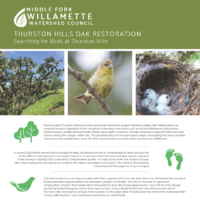
Willamalane Park and Recreation District has installed an excellent trail system in the Thurston Hills Natural area open to hikers, trail runners and mountain bikers. To access the trail take Hwy. 126 to 7575 McKenzie Hwy, Springfield, OR 97478. Look for a Willamalane park sign on your right. The parking lot includes a full bathroom and bike wash station. For a high definition map check out Willamalane’s trail page.
When you visit the property consider bringing our Thurston Hills birding flyer, created with the help of our great birding volunteers and staff members. You can access it in both English and Spanish.
Photos and Video
Check out some of our photos from our Thurston Hills Oak Restoration Site, the hiking/biking trails, and our student field trips! Thanks to Meadowhawk Imagery and our previous board member Kevin Tuers, for the aerial photos and drone video.


Before and after
In these aerial before and after shots you can see the impact of our restoration work. In the image on the left notice how the fir trees were growing, and overtaking, the oak trees. In the photo on the right you can see the effects of our Douglas fir thinning, allowing the oaks to spread out and thrive. This not only impacts the oak canopy, but the native understory growth as well.

